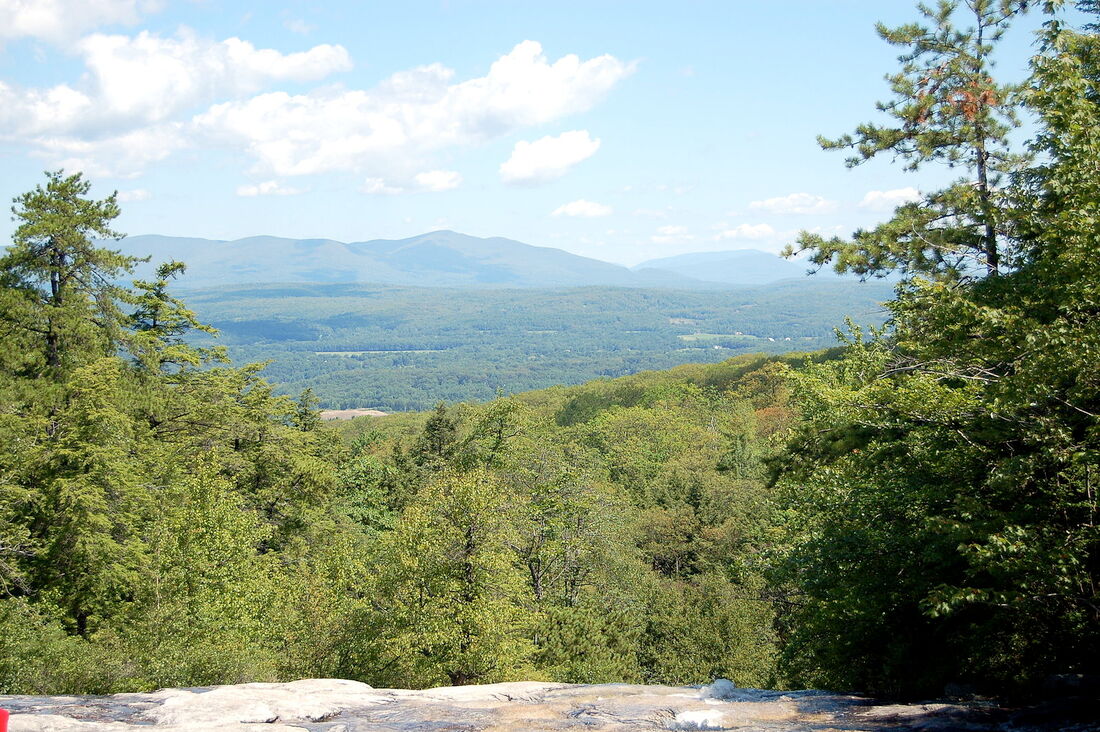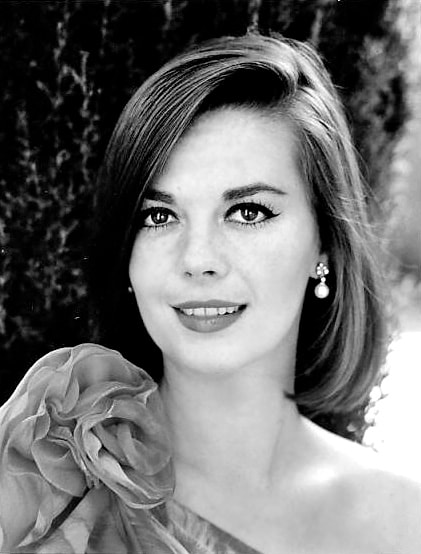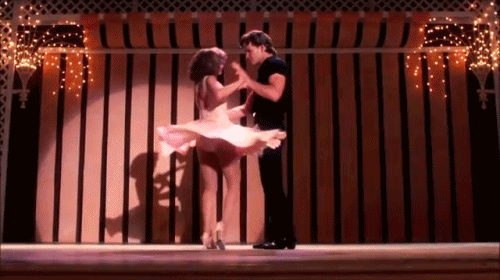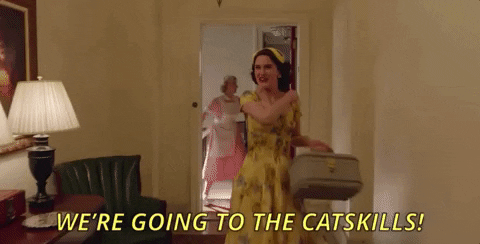5 Reasons to Watch Marjorie Morningstar
BY DEBRA GNIEWEK
This post is part of the series 5 Reasons You Should Watch..., which encourages fans to explore Gene Kelly's lesser-known movies and TV appearances.
This post is part of the series 5 Reasons You Should Watch..., which encourages fans to explore Gene Kelly's lesser-known movies and TV appearances.



